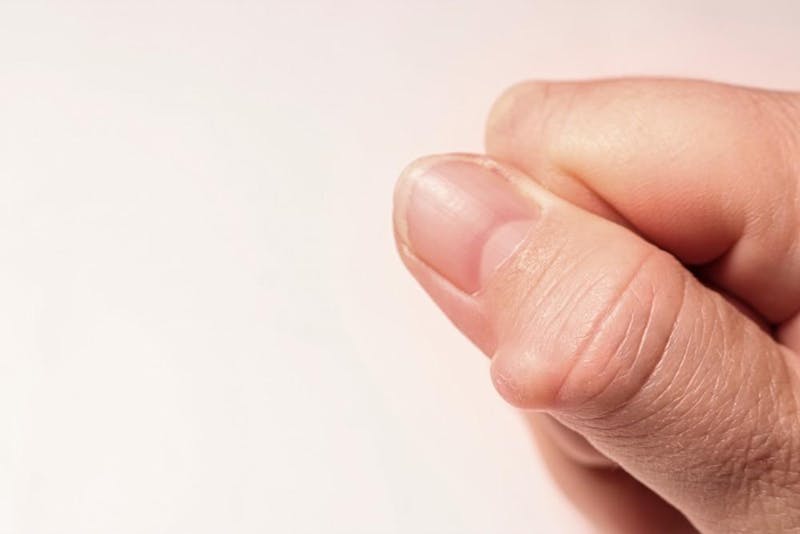
If you notice a bump developing under your skin that’s barely noticeable at first but grows and becomes painful or even infected, you likely have a cyst. These common, fluid and skin cell-filled pockets underneath the skin affect at least 2 in 10 adults.
When you have a cyst, especially if it’s painful or problematic, you can treat it, but sometimes you need the help of a dermatologist.
Dr. Abdul Hafeez provides expert treatment for cysts and many other skin conditions at the Center for Dermatology in Lawrenceville, Georgia. He can create a treatment plan customized to your condition and needs.
Not all cysts are problems
Cysts typically aren’t serious, but they’re certainly a nuisance. Depending upon its size, a cyst can make you feel self-conscious — especially if it’s on your face. Cysts can appear anywhere, though, including your neck, shoulders, and torso.
The cysts that Dr. Hafeez treats are mostly trichilemmal cysts and epidermoid cysts:
Trichilemmal cysts
Trichilemmal or pilar cysts emanate from the hair follicles on your body, including the ones on your head, face, arms, legs, and neck.
Pilar cysts form when keratin, a protein that strengthens your skin and hair, goes deeper into your skin and multiplies rather than coming to the surface and falling off. A yellow or white pasty substance fills pilar cysts.
Pilar cysts, which often appear white or yellow, can go away on their own.
Epidermoid cysts
Epidermoid cysts appear on your skin but don’t originate in your follicles, coming instead from the oil-producing sebaceous glands. They develop when cells on the skin’s surface don’t shed but go deeper into your skin and accumulate. They also can be filled with pasty keratin.
Most epidermoid cysts aren’t serious and resolve on their own.
Cysts can develop when the skin or hair follicle becomes irritated or blocked, a sebaceous gland bursts, or the follicle or skin is injured.
When a cyst becomes a problem
Unfortunately, certain cyst symptoms mean you need medical treatment, including:
- Cyst sensitivity or pain
- Noticeable or fast growth with the cyst
- If the cyst changes color
- If the cyst becomes irritated
- If the cyst opens
- If the cyst shows signs of infection
Fortunately, we can treat a cyst if it becomes infected or otherwise problematic. Dr. Hafeez may choose to make an incision in the cyst and drain it, remove it surgically (meaning it’s unlikely to return), or prescribe medication that helps shrink it.
When a cyst is painful, we may administer a corticosteroid shot so it shrinks.
Treating a cyst at home
As we noted, many cysts don’t need treatment in our office. You can encourage them to heal and shrink by:
Applying hot or cold compresses
Placing a hot compress on your cyst for 20-30 minutes several times a day can help reduce the thickness of the fluid inside your cyst. With epidermoid cysts, a compress can help move fluid into your lymphatic system.
Cold compresses can help with cyst inflammation. Place an ice pack, wrapped in a towel, on the cyst for about 10 minutes. Alternate between hot and cold compresses throughout the day, and use a clean towel for each session.
Go gentle
Gently clean the area of the cyst, and never try to exfoliate it or do anything else jarring or harsh. If your cyst starts to drain, protect it by gently putting on a bandage. Do this with clean hands and never squeeze or bother your cyst, which can lead to infection.
Natural agents
Some people have had success using natural ingredients, including honey, apple cider vinegar, tea tree oil, turmeric, aloe vera, and castor oil, to soothe their cysts and ease uncomfortable symptoms.
Thankfully, cysts don’t often cause severe or long-lasting symptoms, but if a cyst causes you discomfort or is in an awkward place, don’t hesitate to seek treatment at the Center for Dermatology.
Contact our office at 770-682-2500 today to schedule an appointment, or use our convenient online booking tool.

